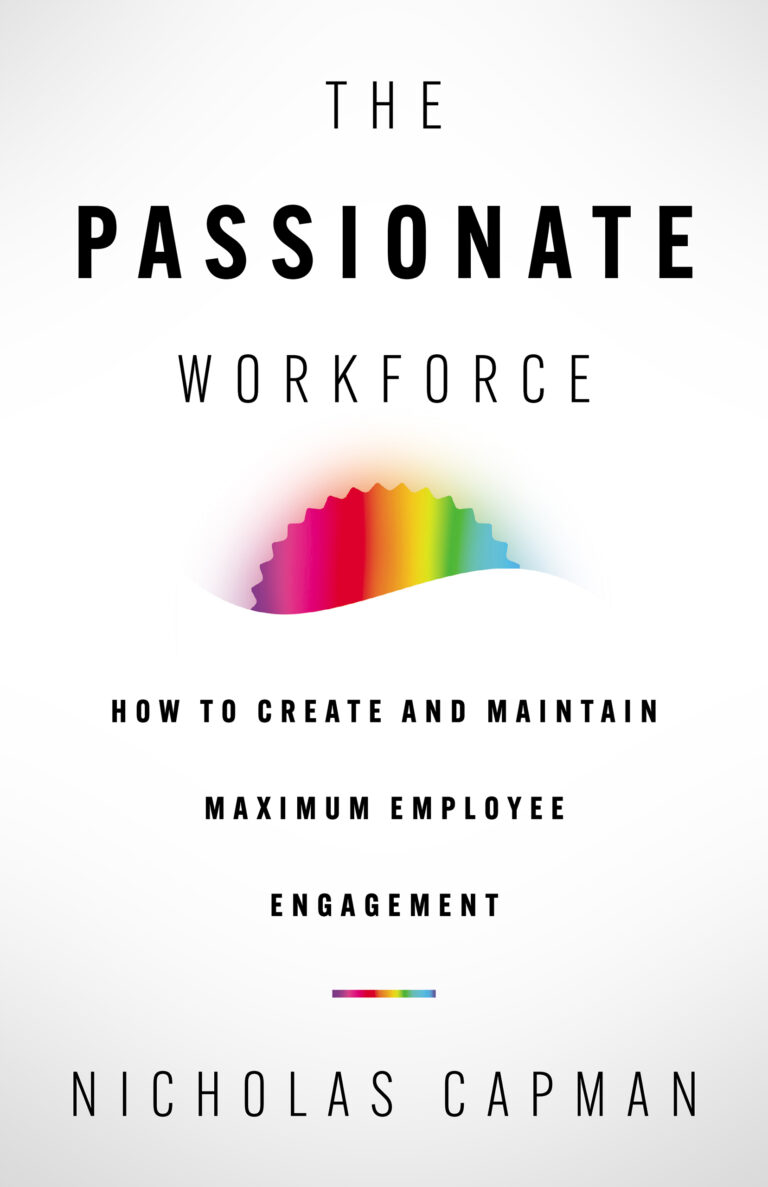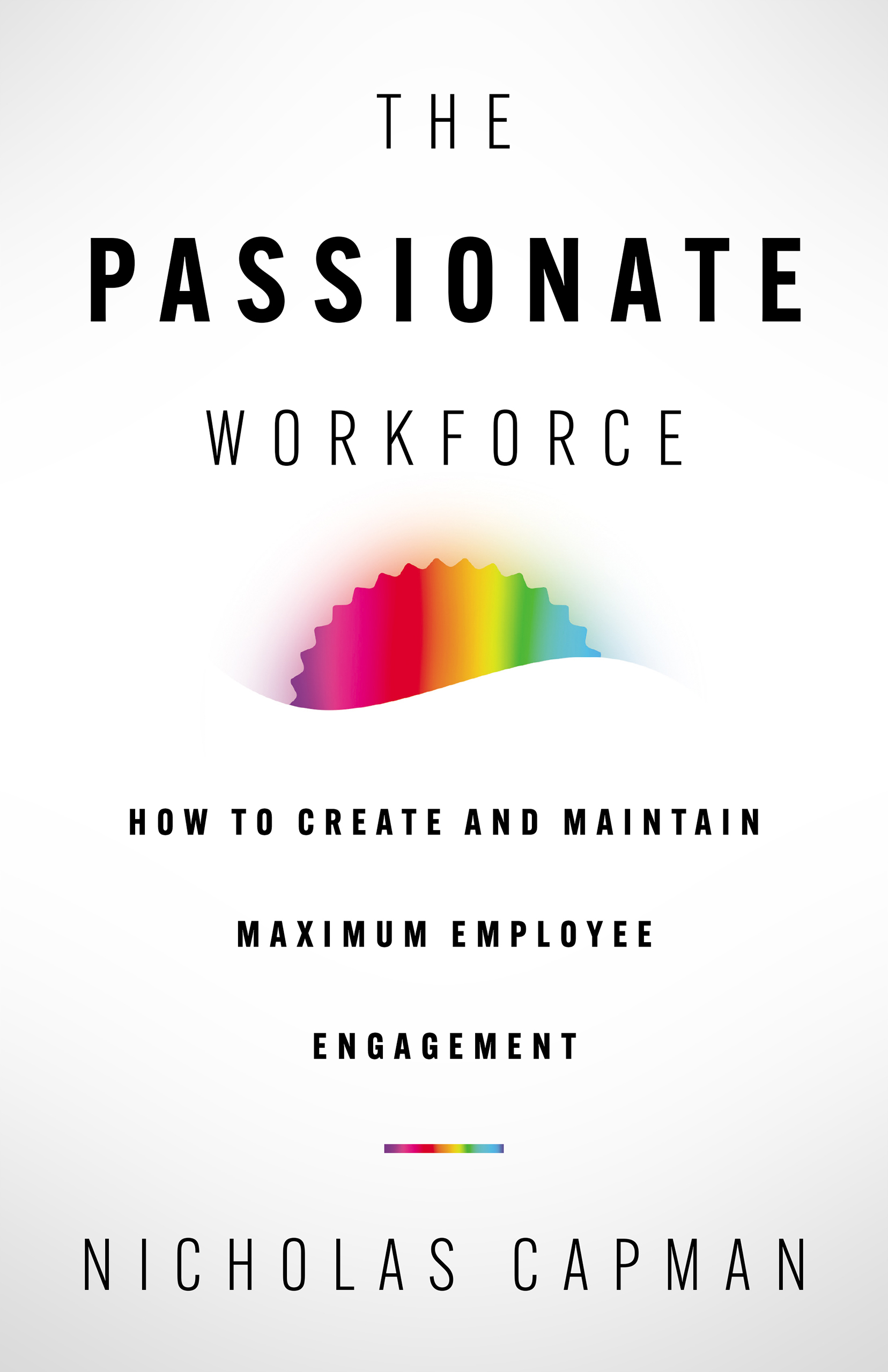In THE PASSIONATE WORKFORCE: How to Create and Maintain Maximum Employee Engagement, Nicholas Capman, CEO of a consulting firm for pharmaceutical and medical device companies, provides a comprehensive guide to motivating employees. Aimed primarily at CEOs and executive teams, his 126-page book is sub-titled “How to Create and Maintain Maximum Employee Engagement.” Over six chapters, Capman deals with the benefits of having a passionate workforce, how to handle new hires, keeping employees engaged, and the traits of bad and good leaders: “When a worker loves their job, they do everything to make sure their company succeeds,” he asserts. “When a worker hates their job, they do the bare minimum, just enough so that they don’t get fired.”
Capman lists nine characteristics that define passionate workers, including showing up early, enthusiasm, being candid, and having a sense of ownership. The core of his approach rests on 15 pillars that managers should build, which he explains in detail. These include giving clear direction, providing necessary tools, empowering employees to make decisions, respecting their bandwidth, and appropriate compensation. This approach, says Capman, not only benefits the employees but the CEO as well: “Instead of running around putting out fires all day, you’ll feel bliss. You’ll reclaim your time,” he writes.
He also emphasizes the importance of ensuring new hires begin with the right attitude: “If you pick the right person for the right seat, 90 percent of the management requires has already taken care of itself,” he writes. To ensure they start in the right way, he recommends measures such as a personalized welcome gift, not overwhelming new hires with information during training, and not setting any goals in this period—then letting them set their own goals when they become familiar with their colleagues’ performance and company benchmarks.
Among his company policies, Capman favors profit-sharing instead of merit-based compensation, unlimited paid time off, and no salary negotiations. He explains the benefits of each approach. On salaries, for example, he writes, “Either your employee gets what they asked for, or they don’t and they leave […] meeting your employee halfway is setting them up for disappointment, which can lead to resentment.” Capman also deals at length with a major grouse of employees: meetings. He outlines the most effective ways to handle weekly, quarterly, and annual meetings.
Capman’s formula seems like a win-win for both executives and workers. However, the fact that his approach is not widespread suggests that his strategies are either not entirely workable or that many executives prefer not to have passionate employees. Whether his approach works in practice for all types of firms is not discussed, with Capman taking as a given that his methods have proven effective in his own company. Still, this book is well written enough to appear useful for company execs in search of leadership advice.
In THE PASSIONATE WORKFORCE: How to Create and Maintain Maximum Employee Engagement, author Nicholas Capman’s 15 pillars for creating a passionate workforce seem self-evident, and his recommendations for company policies are well-argued.
~Kevin Baldeosingh for IndieReader


